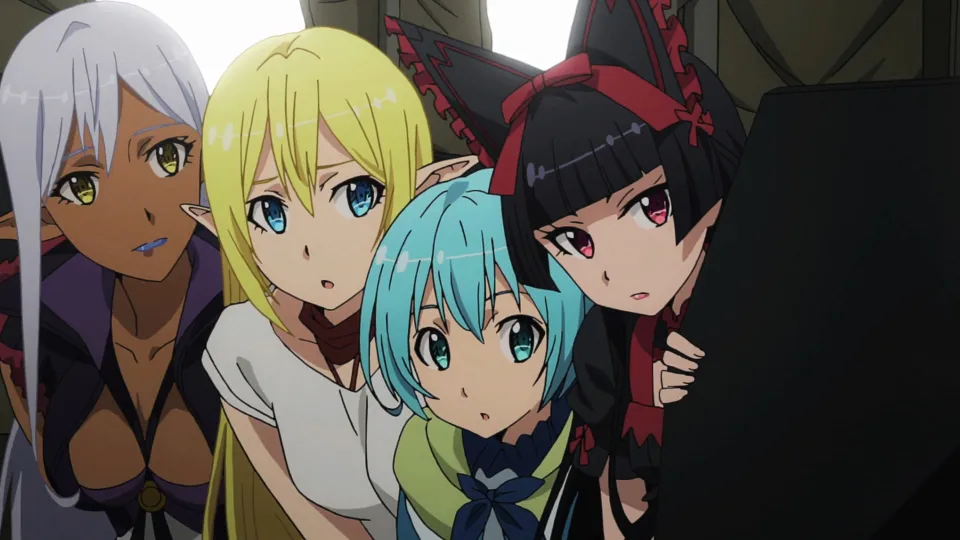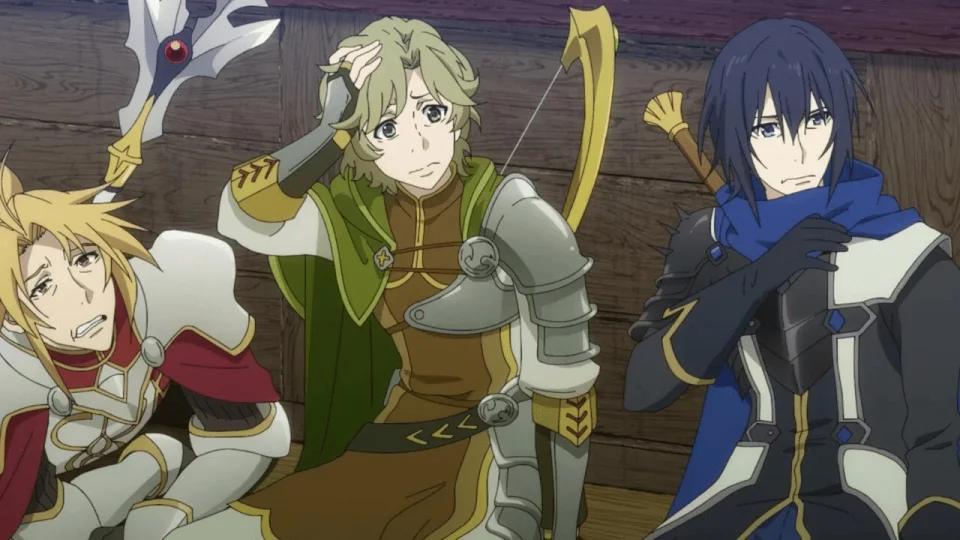Medieval isekai are totally false, they claim

In the past week, Japanese social media has been the scene of a heated debate about the unreality of medieval depictions in isekai anime. Users have questioned how these anime portray in an idealized and fanciful way a historical period that was actually marked by extremely precarious and difficult conditions.

One of the most discussed points is the lack of hygiene in true medieval societies. Netizens point out that, unlike isekai worlds where characters enjoy baths and showers, the reality was very different. In medieval times, there were no toilets or showers, and people bathed in rivers only every few days.
The toilets were small, dark huts away from the villages, filled with insects and with a rudimentary waste disposal system. In addition, dental hygiene was conspicuous by its absence, and it was common that by the age of twenty most people had already lost half of their teeth. The diet was based on dehydrated or pickled foods, with an unpleasant taste and often infested with insects, which people ate without worry.
Medical care in medieval times also leaves a lot to be desired compared to that of isekai anime. Netizens stress that there were very few doctors and that the medicine and treatments available were closer to witchcraft than to modern science.
As for the laws, these were effective only in the big cities and with the officials, while in the villages mysterious local rules reigned. There was no concept of equal human rights, and contracts and promises often involved risking one's life. The authority of religion and nobility was so strong that any behavior deemed taboo could result in torture or execution.
Economic conditions were also extremely harsh. Markets were only open once a month, forcing the population to self-satisfy all their daily needs. In addition, there were no guarantees about the availability or authenticity of the desired products. There was no fixed price for goods, so each purchase had to be negotiated. Even money had to be carefully checked for its weight and precious metal content before being used.
In medieval society, literacy among commoners was practically non-existent, which contrasts with the literate societies that are presented in many isekai anime (where they even know how to read and write). Water and firewood had to be collected daily and transported over long distances. Standards of etiquette and consideration did not exist, leading to frequent conflicts and frustrations.
In addition, guilds, which in anime are usually welcoming communities for adventurers, were actually political and family organizations that rarely accepted new members. Slavery, often romanticized in anime, was forbidden by religion, and commoners lived as serfs with virtually no rights. Travelers were constantly suspected of being thieves and faced distrust and hostility in each new village.
This debate has led many to reflect on the disparity between fiction and historical reality. While isekai anime continue to be a source of entertainment and escapism, it is important to recognize the hard truths of the past and how these are often softened or ignored in fictional depictions.
Source: Yaraon!

